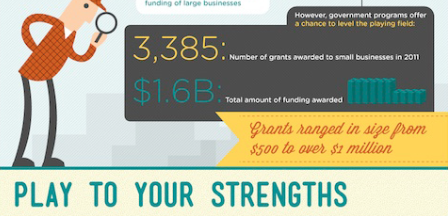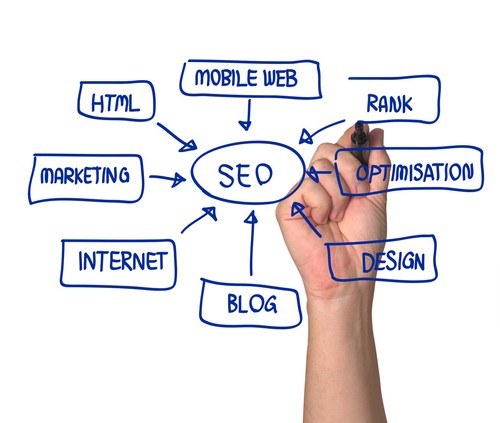
If you’ve been an active entrepreneur for the last two decades, you’ve no doubt noticed that your relationship with customers has changed. You can’t attract customers in 2013 the same way you did in 1993 because something fundamental has shifted – a business is no longer in control of all the information. Thanks to the ubiquity of modern technology, that power has shifted to the customer.
Jim Blasingame knows all about that shift. As someone who’s dedicated his life to helping small businesses, first as a consultant and then later at the helm of his own media company, Small Business Network, Inc., he’s watched the transition occur. He describes the changes afoot in the marketplace in his new book, “The Age of the Customer.”
“I wrote this book from the perspective of small business,” Blasingame said in a recent interview. “because they’re the heroes I work with every day. But everything I say in this book applies to everybody in the workplace – big business, small business and, of course, the customer. I’ve broken some pretty complicated stuff down into pretty simple terms.”
Blasingame has expressed his ideas about small businesses in a variety of forums over the years, including his own syndicated weekday radio show and columns published weekly in newspapers and outlets like Forbes.com and NASDAQ.com. But this book is the culmination of years of research into the changing relationship between sellers and customers.
The changing times
The dynamic between buyers and sellers can be traced back throughout history. The way Blasingame describes it, the Age of the Seller is about 10,000 years old – since the first seller established a relationship with a customer.
Blasingame breaks this relationship down into three main components: the product, the information, and the buying decision. Blasingame says in the Age of the Seller, customers had to depend on the seller for information about purchases because they controlled that element. Now, that’s changed.
“As a seller, you still own the product, and the customer still owns the buying decision, but what’s changed is that middle piece – the information,” Blasingame said. “Now, the best you can hope for as a seller is to co-own that information with the customer.” Blasingame says this paradigm shift is causing the Age of the Seller to be replaced by what he calls, “The Age of the Customer®.”
Technology is largely responsible for the shift to the new Age. When people today want information about a potential purchase, they don’t need to seek out a salesperson to enlighten them. In fact, they don’t have to speak to a human being at all. They can research their buying decisions on the Internet from any number of devices.
Companies that don’t adjust to newly empowered customers are going to be become extinct.
“In the Age of the Customer, it’s not enough just to be competitive, you have to be relevant,” Blasingame said. “For example, how often do you try to find something – a resource, or a restaurant, or anything – on your smartphone? All the time, right? Well if I don’t have a mobile site and you do, since my site doesn’t present well in a mobile screen and yours does, who’s the consumer more likely to be interested in? Even if my product is better than yours, or maybe I’m closer, at what I call, ‘The Moment of Relevance,’ they’re probably going to buy from you instead of me. That’s how relevance is trumping competitiveness in the Age of the Customer.”
Small businesses must adjust their approach to marketing because of this epochal change in customer expectations. “If your current marketing and sales strategies aren’t working, it’s probably not poor execution, but more likely you’re not addressing the new expectations of prospects and customers,” Blasingame said.
“Today, customers know they can find whatever they want,” Blasingame said. “Because of the availability of information, they can weed through many options and rule you in or out—and here’s the scary part—before you even knowing they exist.”
Embracing new strategies
In the Age of the Customer, small businesses must adjust to new customer expectations. First and foremost, that means making sure they have their web strategy up-to-date, including websites that are effective regardless of the device being used by customers.
“In the Age of the Customer, your websites are no longer as much of a destination as a distribution center,” Blasingame said. “In other words, create content—helpful information as well as offering—and push it out to customers?” Blasingame calls this the, “Follow me home,” strategy.
“For 10,000 years, the big differentiator in the marketplace was being competitive,” Blasingame said. “And you still have to be competitive, because nobody wants to throw their money away. But in the Age of the Customer, relevance is the differentiating coin of the realm. And increasingly, your relevance is appraised in the moment it takes to click a mouse or touch a smartphone.”
To learn more about how to gain and maintain relevance by meeting the new expectations of your customers, Jim Blasingame’s new book, The Age of the Customer: Prepare for the Moment of Relevance, will release in January 2014.





